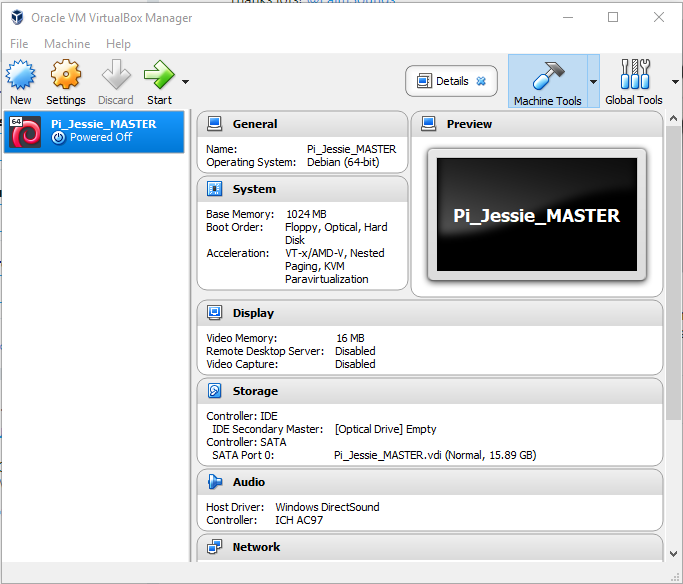

For disk size, you’ll want at least 200GB so you have enough capacity for retrieving/testing packet captures and downloading system updates. Once you’ve settled on the storage allocation, click “Continue” and provide a name from your hard disk image file and specify the location where you want the disk file to be created if other than the default location. If you happen to be running a dedicated sensor in a virtual machine, I would suggest using “Fixed size,” which will allocate all of the disk space you define up front and save you some disk performance early on. Specify “Create a virtual hard drive now” then click “Create” to choose the hard drive file type “VDI (VirtualBox Disk Image)” and “Continue.” For storage, we have the options of “Dynamically allocated” or “Fixed size.” For a client virtual machine, “Dynamically allocated” is the best choice as it will grow the hard disk up to whatever we define as the maximum size on an as needed basis until full, at which point Security Onion’s disk cleanup routines will work to keep disk space available. Provide a name for the virtual machine (“Security Onion” for example) and specify the type (“Linux”) and version (this could be CentOS/RedHat or Ubuntu depending on which version you’re installing), then click “Continue.” We’ll next define how much memory we want to make available to our virtual machine based on the Hardware Requirements section. If you are curious about Fedora Linux, there are several ways to try it.First, launch VirtualBox and click the “New” button. You could install Fedora Linux alongside Windows but that’s a bit of an effort. This way, you use Fedora like an application on your current operating system.Īn easier way that won’t affect your current operating system is to create a live USB of Fedora.Īn alternative way to try Fedora, is to get advantage of virtualization technology through an installation in VirtualBox.

This way, you can perform more thorough testing without messing up your current operating system. You can even copy your virtual setup and re-install it on some other system. Sounds handy? Let me show you how to do it. Let’s see the steps for installing Fedora Linux in Oracle VirtualBox. If you haven’t already installed VirtualBox on your system, you can download it from the official website.

You can find instructions for Windows, Mac OS and Linux.

Ubuntu users can refer to this detailed tutorial on installing VirtualBox. Use VirtualBox guest additions for additional features like clipboard sharing, folder sharing and more The next time you start the virtual machine with Fedora, you will be prompted to create a user account and set your password for Fedora Linux.


 0 kommentar(er)
0 kommentar(er)
